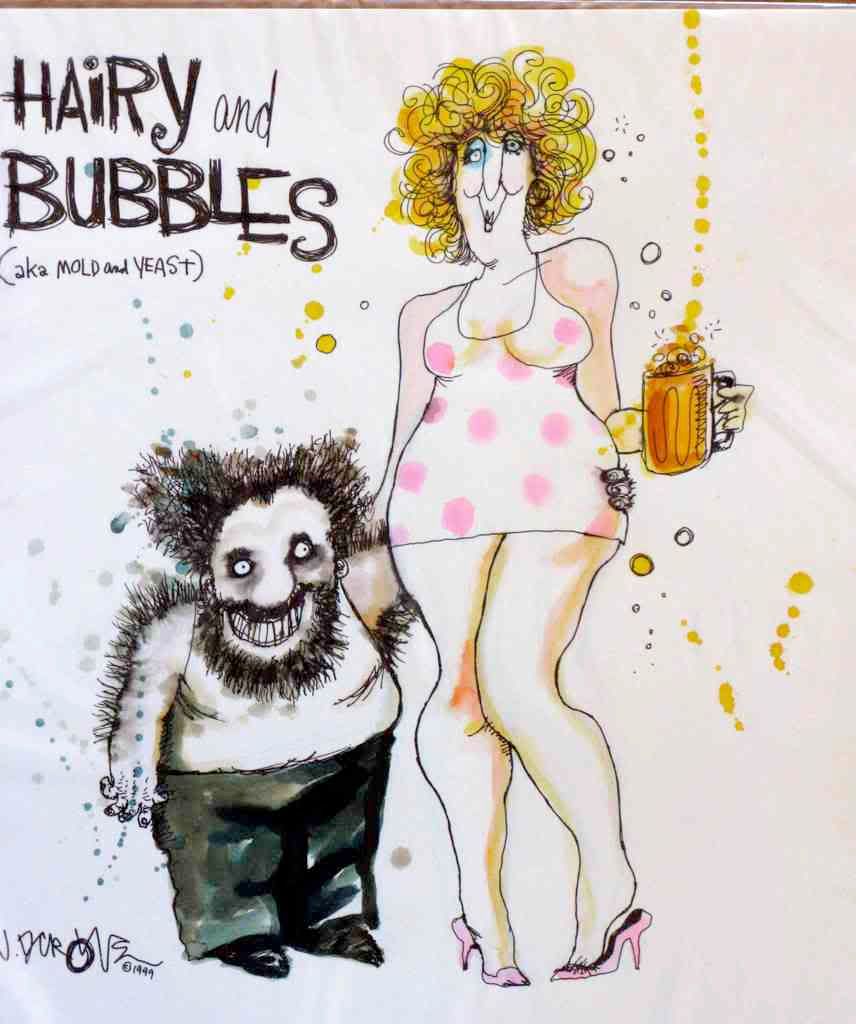
December 20, 2008
Melamine-based plastic tableware, trays and utensils are very popular amongst families with young children, and in cafeterias and other food service establishments. They resist breakage, are dishwasher-safe, and come in a wide variety of patterns and colors. But with repeated use, the plastic dish-ware develops cracks and scratches. And it can "bleed" melamine into food.
Melamine migration into food from plastic tableware was documented more than 20 years ago. While migration takes place over the entire usable life of the plastic, it is enhanced as the tableware ages from repeated exposure to elevated temperatures, such as in a dishwasher or from hot beverages. Exposure to mild acids – fruit juices or tomato-based sauces, for example – also increase the risk of migration.
There are several things that consumers and food service establishments can do to minimize the potential for melamine migration.
- Discard tableware that is scratched, crazed, discolored or otherwise appears worn.
- Avoid using melamine tableware for acidic beverages, hot soups, or hot beverages – especially acidic hot beverages such as coffee.
- Never use abrasive cleansers or scouring pads when cleaning melamine tableware or utensils.
Parents of young children should consider alternative break-resistant tableware for their infants and toddlers. One option might be Corelle, a laminated glass tableware that is lightweight, heat-resistant and break-resistant.
Tableware, though, is not the only possible source of melamine in the home. A convenient cleaning sponge – the Mr. Clean® Magic Eraser® – is composed of melamine foam. The sponge is marketed as a "... powerful multi-purpose cleaning pad..." that can remove crayon marks from walls, encrusted dirt from counters and stove tops, and miscellaneous grime from wherever it may be found. But in doing so, it leaves behind minuscule amounts of melamine.
Given the tendency of children and pets to explore their world by tasting it, a Magic Eraser® is not the safest choice of cleaning pad for a family with young children.
Melamine has other applications; it is an effective flame-retardant, and a sound insulator, for example. Those uses, however, are unlikely to bring the chemical into direct contact with food.
A far greater risk is posed by the application of government-approved pesticides and sanitizers to crops and food processing equipment, which will be the subject of tomorrow's column.





No comments:
Post a Comment
Note: Only a member of this blog may post a comment.